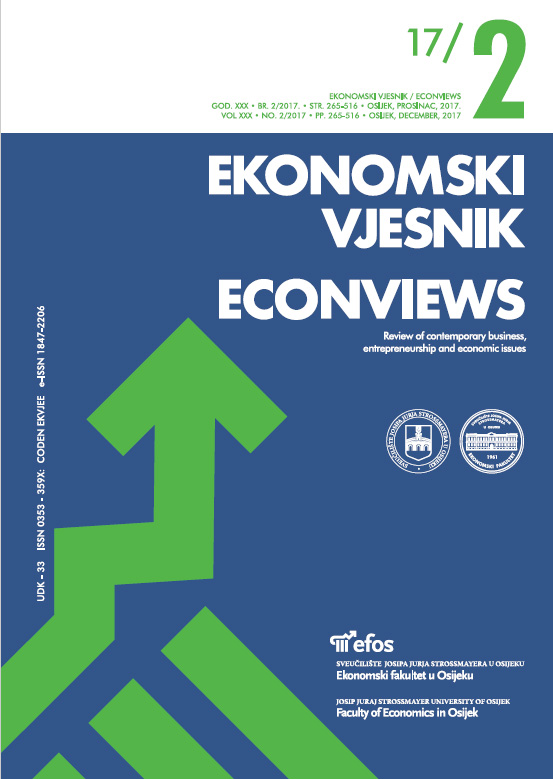DISCRIMINATION OF WOMEN IN MANAGEMENT POSITIONS IN POLITICS IN CROATIA - THE CASE OF POLITICAL PARTICIPATION IN GOVERNMENT MANAGEMENT BETWEEN 1990 AND 2016
DISCRIMINATION OF WOMEN IN MANAGEMENT POSITIONS IN POLITICS IN CROATIA - THE CASE OF POLITICAL PARTICIPATION IN GOVERNMENT MANAGEMENT BETWEEN 1990 AND 2016
Author(s): Branimir Felger, Gordana Lesinger, Ivan TantaSubject(s): Politics, Gender Studies, Governance, Government/Political systems
Published by: Sveučilište Josipa Jurja Strossmayera u Osijeku, Ekonomski fakultet u Osijeku
Keywords: women in politics; management; management functions; political communication; Croatian Government; Government of the EU;
Summary/Abstract: Democracy in the contemporary and modern world is inconceivable without the active and equal participation of women in all fields of social life, especially at the management level. The aim of this study was to investigate to what extent, and if at all, the transition path to modern democracy was accompanied by adequate political participation of women in management positions and the executive branch. The question is whether the proportion of women in the Croatian Government in the period 1990-2016 recorded an increase in relation to men? Since Croatia had a similar political path to declaring its independence like the neighbouring Republic of Slovenia, a comparison was made regarding the proportion of women in the Croatian Government as opposed to the neighbouring Slovenia. To further argue the data obtained from quantitative research, the share of women in the governments of Croatia and Slovenia was compared with the current average share of women in the governments of 28 EU member states. The first part describes how women in the world got the right to vote and the development of women’s rights in Croatia. A total of 13 Croatian Governments were analysed with an emphasis on the proportion of women in the executive branch, as well as areas of political interest to women in government. The proportion of women in the same period in the Government of the Republic of Slovenia was also analysed, and a comparison was made with the share of women in the Croatian Government. Consequently, an attempt was made to compare the proportion of women with the average share of women in the governments of the 28 EU countries.
- Issue Year: 30/2017
- Issue No: 2
- Page Range: 325-337
- Page Count: 13
- Language: English

